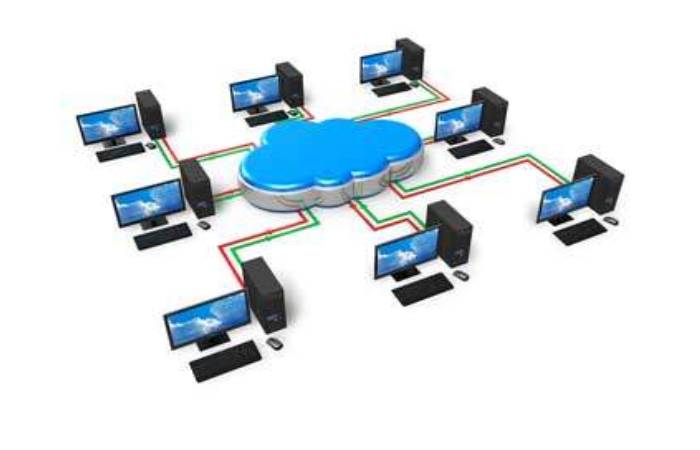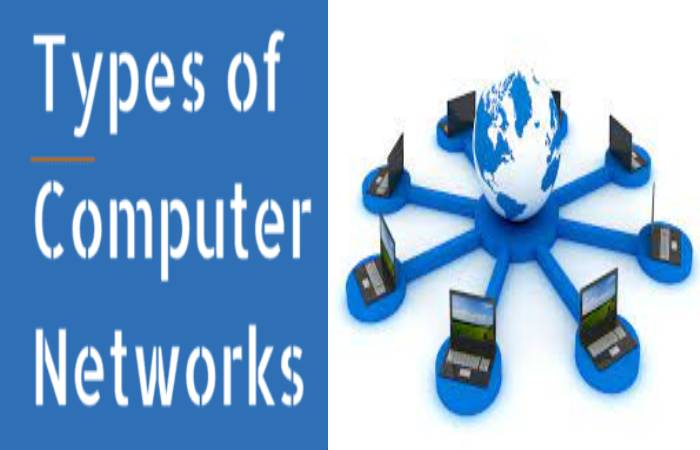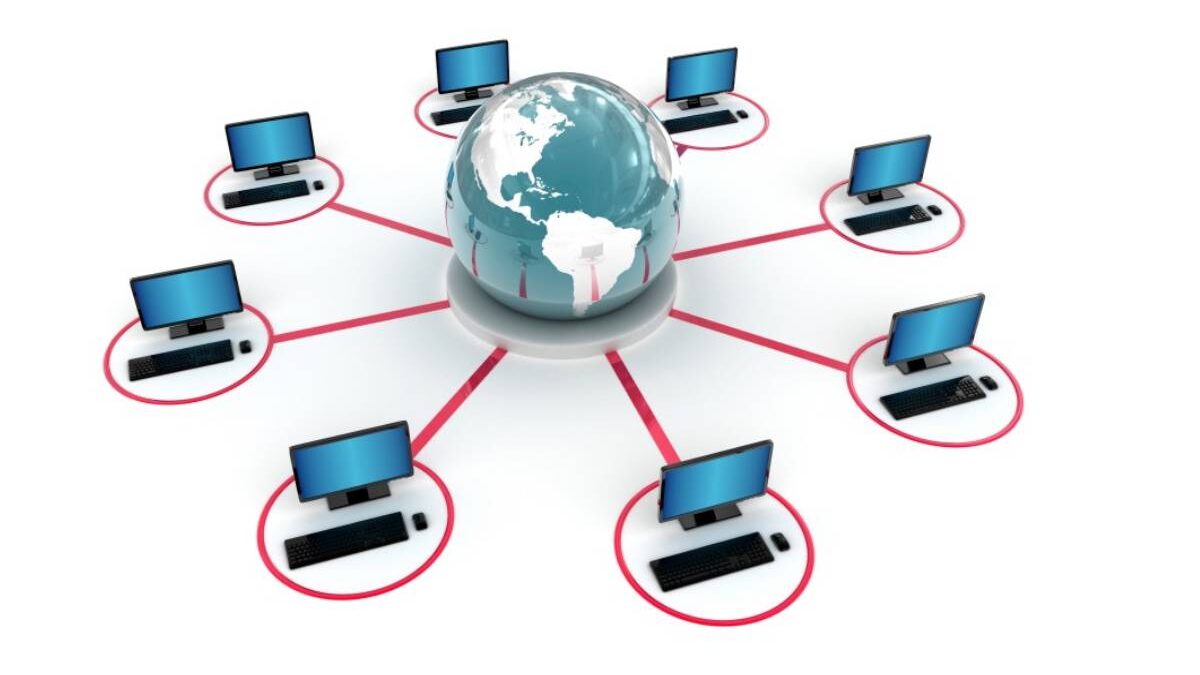Table of Contents
What are Computer Networks?
Computer networks, data communication networks, or computer networks are understood to be several computer systems connected through a series of wired or wireless devices. They can share information in data packets, transmitted by electrical impulses, electromagnetic waves or any other physical medium.
Computer networks are not different in their exchange logic from other known communication processes: they have a sender, a receiver and a message. And a means through which to transmit it and a series of codes or protocols to guarantee its understanding.
Of course, in this case, those who send and receive messages automate computer systems.
When networked computers are available, it is possible to create internal communication, share an Internet access point or manage peripherals (printers, scanners, etc.). And fast sending of data and files without the need for devices—secondary storage.
This achieves thanks to a series of communication standards that “translate” the various computers’ processes into the same language (the most common TCP / IP).
In today’s hypercomputerized world, computer networks are present in almost all daily areas. Especially those related to bureaucracy or resource management. It could argue that the Internet, which we access from computers, cell phones. And other devices is nothing more than a vast global computer network.
Elements of a Computer Networks

Usually, in computer networks, the following elements present:
Servers: In a network, computers do not always have the same hierarchy of functions. The servers are the ones that process the flow of data, serving all the other computers on the network (“serving them”, hence its name) and centralizing control of the network.
Clients or Workstations: This the name given to computers that are not servers but are part of the network. And allow users to access it using the server’s resources.
Transmission Media: This is the name given to the wiring or electromagnetic waves, as the case may be, which allows the transmission of information.
Hardware Elements: Those pieces allow the network’s physical establishment, such as the network cards in each computer. The modems and routers that support the transmission of data, or the repeater antennas that extend the connection (in the case of being wireless).
Software Elements: Finally, there the programs require to manage and put into operation the communications hardware. And that includes the Network Operating System (NOS, Network Operating System ). In addition to supporting the operation of the network provides antivirus support and a firewall. And communication protocols (such as TCP and IP) allow machines to “speak” the same language.
Types and Characteristics of Computer Networks

Depending on the size or scope of a computer network, we can classify them into different types:
PAN ( Personal Area Network ) or Personal Area: composed of a single person’s devices, with a short-range.
LAN ( Local Area Network ) or Local Area: composed of more than one device, with a range limited to a small area such as a building, a room, etc.
WLAN ( Wireless Local Area Network ) or Wireless Local Area: LAN network uses wireless means of communication.
CAN ( Campus Area Network ) or Campus Area: a high-speed device network that connects local area networks in a limited geographic area.
MAN ( Metropolitan Area Network ) or Metropolitan Area: broadband network with more extensive geographic coverage.
WAN ( Wide Area Network ) or Wide Area: with an extensive geographical extension. It uses communication media such as satellites, interoceanic cables, fibre optics, etc.
VLAN: It a kind of LAN network mount on a physical network.
Devices
Devices connected to a computer network can classify into two types: those that manage access. Communication in a network (network devices), such as modem, router, switch, access point, bridge, etc.
And those that connect to use it (end-user devices), such as computer, notebook, tablet, cell phone, printer, smart TV, video game console, etc.
Those who use a network, in turn, can fulfil two roles (classification of networks by functional relationship): server. The device provides a service for anyone who wants to consume it.
Our client, where the device consumes one or more services from one or more servers. This type of network architecture called a client/server.
On the other hand, when all the devices on a network can be clients and servers simultaneously.
And it is impossible to distinguish the roles. We are in the presence of a point-to-point or peer to peer architecture. Different types of architectures coexist on the Internet.
Conclusion
A computer network a set of computer equipment and software connect using physical devices that send and receive electrical impulses, electromagnetic waves.
Or other means to transport data to share information, resources and offer services. The main purpose of creating a computer network is to share resources and information over a distance.
It ensures the reliability and availability of information, increases data transmission speed, and reduces these actions’ overall cost.
For example, a large network of millions of computers located in different parts of the planet interconnected, basically sharing information and resources.
Also Read: How to Disable or Uninstall McAfee on a PC or MAC Temporarily

